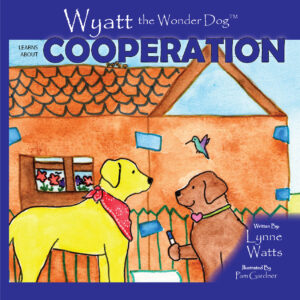From Big Feelings to Healthy Choices: Guiding Students Through Emotions
Body Language and Feelings
A standard lesson that I taught every year as an elementary school counselor was recognizing feelings. It was a fun lesson. I’d bring in large cut outs of children showing mad, sad, happy or scared feelings and ask kids to guess how the child was feeling. We’d talk about body language and how we know what someone is feeling. We described feelings and came up with positive ways to show how we feel and negative ways to express the same feeling.
Elementary school is a crucial time for children to build emotional awareness and self-regulation. When students learn to recognize, understand, and manage their emotions, they are better equipped to build healthy relationships, handle challenges, and make positive choices. As counselors, we can guide them step-by-step in developing emotional intelligence.
Recognizing Positive and Negative Emotions
Students need to understand that all emotions—both positive and negative—are normal and valuable. Joy, excitement, and pride can motivate them, while anger, sadness, and frustration can signal unmet needs or challenges. Helping students recognize emotions in themselves and others builds empathy and self-awareness.
Practical strategy: Use an “emotion chart” with faces showing different feelings. Encourage students to identify times they felt that way and what was happening in their body.
Body Language: The Clues Our Bodies Give
Children often notice body language before words. Facial expressions, posture, and tone of voice are powerful clues. Teaching students to “read” body language helps them better understand themselves and others.
Practical strategy: Play a charades-style game where students act out emotions using only their faces and bodies. Ask classmates to guess the feeling.
Positive and Negative Ways to Express Emotions
Emotions can be expressed in healthy or unhealthy ways. For example, anger can be expressed by yelling and hitting, or by talking calmly and asking for help. Students need to see that while all emotions are valid, not all reactions are appropriate.
Practical strategy: Create a T-chart with “Helpful Ways” and “Hurtful Ways” to express common emotions like anger, frustration, or excitement.
Helping Students Own Their Feelings
Ownership of emotions is a cornerstone of emotional intelligence. Students can learn that while others may influence how they feel, they are ultimately responsible for their choices and reactions.
-
Labeling Feelings
Encourage students to name their feelings: “I feel angry,” “I feel left out,” “I feel proud.” Naming feelings helps reduce their intensity and gives students language to communicate needs. -
Taking Responsibility
Students should learn that while emotions happen naturally, behaviors are choices. Feeling mad doesn’t excuse hurting someone. Recognizing this distinction empowers students to choose positive actions. -
Recognizing They Are in Charge
Helping students see they are the “boss” of their feelings increases self-control. They can’t always control what happens, but they can control their responses.
Practical strategy: Teach students to use “I statements” such as, “I feel frustrated when the game is unfair, so I will take a break instead of yelling.”
Students who learn emotional awareness and ownership develop resilience, empathy, and stronger relationships. They learn that feelings are natural, manageable, and guide them toward better choices. As counselors, giving students tools to name, manage, and take responsibility for emotions prepares them not just for school, but for life.
Wyatt the Wonder Dog Learns about Cooperation
Wyatt wants to play Frisbee. Max want to build a fort and Callie wants to have tea party. How do the three friends reconcile their differences? Can it be done? When Wyatt doesn’t get his way, Max’s mother suggests he be the Superhero for the day. Join Wyatt as he learns how the magic of cooperation and compromise can bring the five friends closer together.


[…] Teaching kids to manage feelings […]
[…] written a lot of posts on kids and emotions. There are several of reasons for this. In many ways, emotions rule our thoughts and our […]